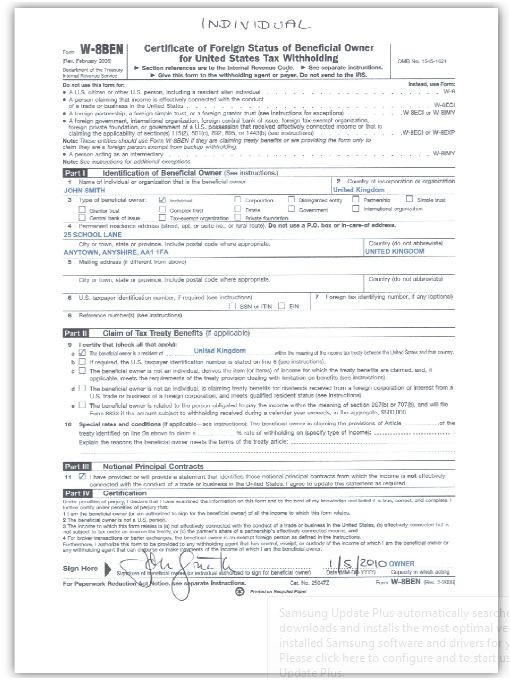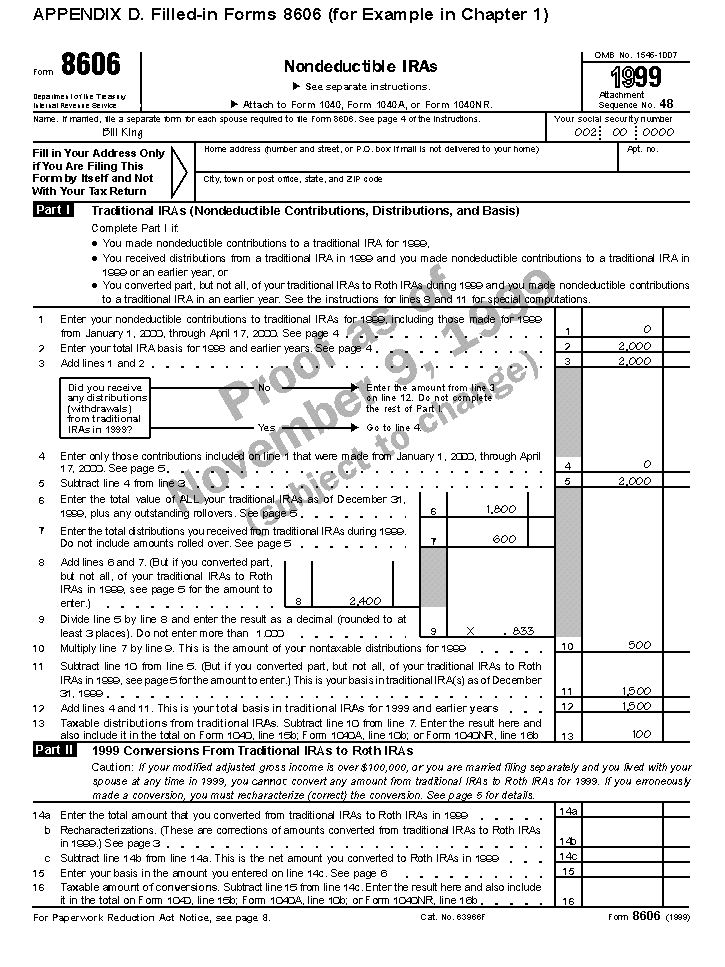Tax information reporting Wikipedia the free encyclopedia
Post on: 7 Июль, 2015 No Comment

Contents
Information returns [ edit ]
The tax information return most familiar to the greatest number of people is the Form W-2. which reports wages and other forms of compensation paid to employees. There are also many forms used to report non-wage income, and to report transactions that may entitle a taxpayer to take a credit on an individual tax return. These non-wage forms are the Forms 1099 (of which there are 16 types), Forms 1098 (of which there are four types), and Forms 5498 (of which there are three types).
Each information return reports a different type of payment or transaction; some are used for multiple types of transactions. In addition, each information return has its own unique rules on when, what, and the amount to report, making it difficult to track reporting obligations. The complexity that arises in filing large volumes of information returns requires many filers to depend on third party information reporting software.
Form 1099-INT reports interest paid on deposits at financial institutions (and some other types of business interest as well). Form 1099-S reports income from the sale of real estate. Form 1099-R reports payments from pensions. annuities. retirement and profit-sharing plans, IRA accounts, and some forms of insurance. Forms 1099-DIV, 1099-B and 1099-OID report various investment income and transactions. Form 1099-MISC reports a variety of payments including rent. crop insurance proceeds, so-called golden parachute payments, royalties. payments for medical treatment, income from fish that are sold for cash, and payments for business services.
Form 1098 reports interest on a mortgage ; Form 1098-T reports tuition and other educational expenses; Form 1098-E reports interest on student loans ; Form 1098-C reports the value of a vehicle that has been donated to a charitable organization.
State reporting [ edit ]
These are only a few of the federal forms. States have many equivalent forms and reporting requirements. Taken together, these tax information reporting forms touch hundreds of millions of individuals and businesses, and require a large time commitment on the part of businesses, nonprofit organizations, and educational institutions to administer, prepare and file.
Penalties [ edit ]

In its continual effort to enforce the tax laws and identify unreported and under-reported income, the IRS uses tax information returns in electronic cross-matching against income tax returns. Because of this reliance on receiving information returns from the payers of income, the IRS administers a system of assessing monetary penalties, [ 3 ] which can be severe, on businesses and other entities that do not file all of the information returns they are required to file, or file the returns with errors that make it more difficult for the IRS to identify the taxpayers who received the income.
Tax gap [ edit ]
An increasing amount of attention, and government enforcement, is being focused on tax information reporting as the United States Congress and the federal administration seek ways to close the tax gap [ 4 ] of over $300 billion annually that would be collected by the federal government if all income were reported by U.S. individuals and businesses.
Proposed changes [ edit ]
Current proposals [ 5 ] to the regulations include tax withholding on payments to independent contractors, a requirement for credit card companies to report to the IRS the gross receipts for businesses that accept their cards, and the elimination of corporate exemption to 1099 reporting.














